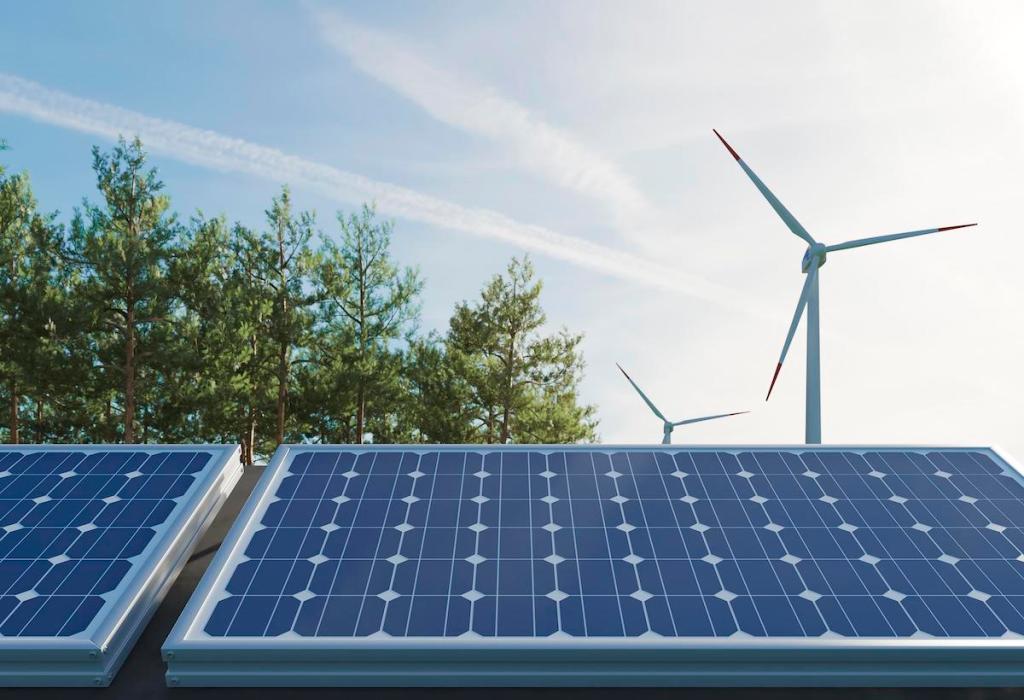Until recently, most of us have not had choices about the power we consume: the gas for our cars or the fuel used to produce our electricity. Most supply-side choices are made by giant corporations. Fortunately, the game is shifting, at least in California and a few other states, where community choice energy programs with more clean energy, often 100 percent, are increasingly available. Santa Barbara, City and County, now have community choice programs. This is changing the supply side of the equation.
On the demand side, however, we have always had more influence: We decide what we drive, how we heat our water, what heats our house, what cooks our food, and what dries our laundry. For the past 50 years, the climate focus related to the machines and appliances we routinely buy has been on efficiency — mandated vehicle fuel standards, tighter houses through more rigorous energy codes, and Energy Star appliance performance ratings. Efficiency policies are not going to get us to zero emissions, however, certainly not fast enough to address the urgency of the climate crisis. Electrifying everything can, however, go a long way toward solving the problem — and rapidly. How fast? As fast as appliances need replacing: cars roughly every 10-20 years, home furnaces about every 20 years, and kitchen and laundry appliances every 10-15 years.
Thankfully, we now have good choices for these replacement purchases, and they are getting better every year. Electric cars currently have good range, are close to cost parity with combustion cars, and save money every mile we drive. Air-source heat pumps for heating, cooling, and hot water now perform four or more times better than traditional appliances. The modern induction cooking experience is better than cooking with gas and is twice as efficient.
Dispersed rooftop solar can be the cheapest energy source, but we make it cost more than it needs to by cumbersome, lengthy permitting and inspection requirements. Whereas the installed cost is around $1 per watt in Australia, it ends up near $3 per watt in the U.S. When the U.S. is fully electrified, 20-30 percent of electricity can be generated locally on rooftops, and the remainder will need to come from wind farms, utility-scale solar farms, geothermal wells, and hydroelectric facilities.
Thinking about addressing climate change can be overwhelming and depressing. Replacing fossil-fuel equipment with electric units will enable us to be and feel part of the solution, without sacrificing the conveniences of modern life. Moreover, the long-term economic benefits are not only in utility bill savings, but in creating jobs. Several studies link 25 million new jobs to mass electrification in the U.S. Many of these will be local.
Once we shift to clean energy, we’ll be able to enjoy all the comforts — warmth, air-conditioning, zippy cars, and hot water — but with lower costs and cleaner air.
Support the Santa Barbara Independent through a long-term or a single contribution.

